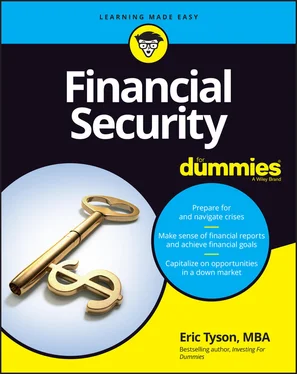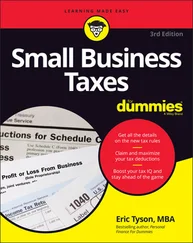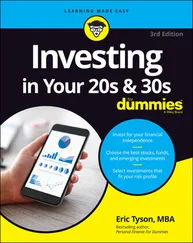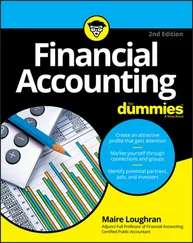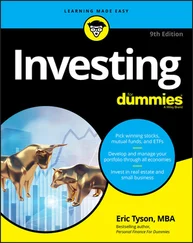While their definition is a bit more complicated, a recession is generally defined by two consecutive quarters of declining real gross domestic output. (NBER uses a more detailed definition, which looks for a decline in employment, industrial production, real personal income, real manufacturing, and trade sales.)
Touring Past Crises: What Happened and Why
When a major crisis hits — for example, the 2008 financial crisis, the 2020 COVID-19 pandemic, the 2001 terrorist attacks, and prolonged recession — unexpected things happen. And if you’re one of the millions of people adversely affected, stress and emotions can add to the financial quandaries and problems you face. Each crisis is unique and impacts the economy and individuals personally in differing ways.
Past experience and the “school of hard knocks” can certainly improve how well you react to each such event. But you can prepare for and better manage through especially challenging times by examining such past episodes.
Why pilot training has relevance for your tour …
What I’m suggesting is a similar type of training that commercial airline pilots go through on flight simulators. Consider that you wouldn’t want a pilot encountering an unusual event (for example, dual engine failure requiring a water landing) for the first time in a real flight with hundreds of passengers on board a jumbo jet! All those US Airways passengers onboard Captain Sullenberger’s jet were grateful that he and his copilot had extensive training and knew what possible options to quickly consider when their plane’s twin engines shut down after striking a flock of geese soon after takeoff from LaGuardia Airport in New York City.
This book aims to provide you with the training and historic perspective so that you are well prepared to deal with and navigate a wide range of personal financial challenges. When an unexpected crisis occurs, our biological wiring causes our fear reaction to kick in, which can cause more problems.
Keeping calm and keeping perspective are vital. Knowing how prior crises have unfolded and gotten resolved can help. Also, there are opportunities to benefit from lower prices on investments like stocks, real estate, and small business at such times, but many people aren’t financially or emotionally positioned to do so.
When a crisis unfolds, I don’t need to tell you that it’s “breaking news.” Nearly everyone consumes some news and media coverage, whether through traditional outlets (such as radio and television) or through newer platforms (such as social media, blogs, podcasts, and so forth). I can tell you from thousands of personal observations that the economic coverage and biases of those outlets can and will get in the way of you making the best personal financial decisions. And so too can your own biases and beliefs, especially if you follow politics and identify reasonably strongly with candidates from a particular political party or ideology.
You probably didn’t know or realize it at the time, but the 2008 financial crisis actually shared numerous parallels with the so-called Panic of 1907. And, the 1907 panic was similar to other financial panics, bank runs, and bank failures that came before it. Such episodes were reasonably common as the government-operated Federal Deposit Insurance Corporation (FDIC) insurance system for banks didn’t come into existence until 1933. There was also no other federal oversight or backstop for banks, like the Federal Reserve, which didn’t exist in 1907 (but came out of this crisis).
According to a Federal Reserve Bank of Boston review of the Panic of 1907 and other panics:
“Some were more severe than others, but most followed the same general pattern. The misfortunes of a prominent speculator would undermine public confidence in the financial system. Panic-stricken investors would then scramble to cut their losses. And because it wasn’t uncommon for speculators to double as bank officials, worried depositors would rush to withdraw their money from any bank associated with a troubled speculator. If a beleaguered bank couldn’t meet its depositors’ demands for cash, panic would quickly spread to other banks … many Americans suffered sudden and dramatic reversals of fortune when a panic struck. Even in a relatively mild panic, fortunes evaporated, and lives ended in ruin.”
In 1907, numerous important countries in the world’s economy had a banking crisis. Problems began in the United States. and then spread to Denmark, France, Italy, Japan, Sweden, Chile, and Mexico. Some trust companies, which were quasi-banking institutions that had reserves on hand of only 5 percent of their obligations, became insolvent when their lending to copper companies led to losses when copper prices dropped.
In April 1906, the great San Francisco earthquake squeezed insurers and caused them to liquidate large portions of their financial holdings — stocks and bonds. Also in 1906, the Interstate Commerce Commission, which was the first U.S. regulatory agency (created in 1887), began price regulations on the economically important railroads. That and the resulting collapse in railroad stock prices contributed to the financial crisis.
U.S. stock prices got hammered, dropping by nearly half (49 percent) during this tumultuous economic two-year period from early 1906 to late 1907. Trust company and bank failures continued until banker John Pierpont Morgan (whose firm today is known as J.P. Morgan) put up his own money and enlisted other prominent New York bankers to do the same. The need for a banker of “last resort” led to the creation of the Federal Reserve System and their fulfilling that need (when properly engaged) during future such events. However, the Federal Reserve made some major mistakes during the Great Depression (discussed in the next section), so the Federal Reserve was very much a work in progress in the aftermath of its creation following the Panic of 1907.
Stock prices fully recovered from the 1906–1907 period decline by mid-1909. It’s also worth noting that although the words “panic” and “crisis” are used to describe the economy and stock market of this period, the rate of the stock market decline was typical for a bear market. While the 49 percent stock market decline was among the larger bear markets, it played out over 22 months so there was really no “panic,” and the rate of decline was about 2.2 percent a month on average over the entire period.
The economic calamity that lasted a full decade (most of the 1930s) is known as the Great Depression. It was characterized by high unemployment, falling prices (deflation), collapsing stock prices, and mostly inept and wrong government responses.
The stock market crash of this period happened globally. The price declines actually began in Europe in 1928 the year before the U.S. stock market peaked in late 1929. Most European stock markets were down by about 15 percent by the time the U.S. market was peaking. From its peak in 1929 to the bottom in 1932, the U.S. stock market dropped a bone-rattling 89 percent.
The roaring ’20s that preceded the Great Depression was a decade of a strong and expanding economy. U.S. stock prices advanced nearly 500 percent, marking the greatest bull market in U.S. market history, from their 1921 lows to their late 1929 peak. Over this period, the Dow Jones Industrial Average advanced from about 64 to 381.
Many factors led to the economic and financial market disaster known as the Great Depression:
The record run in stock prices was fueled in part by easy credit conditions for buying stock with borrowed money — known as margin loans. Investors were able to buy stock by putting up only 10 percent of the cost via their own money and borrowing up to 90 percent. Having just a 10 percent equity stake left little margin for a big decline in stock prices, which led to margin calls — forced selling of stock holdings which accelerated the decline once started.
Читать дальше
